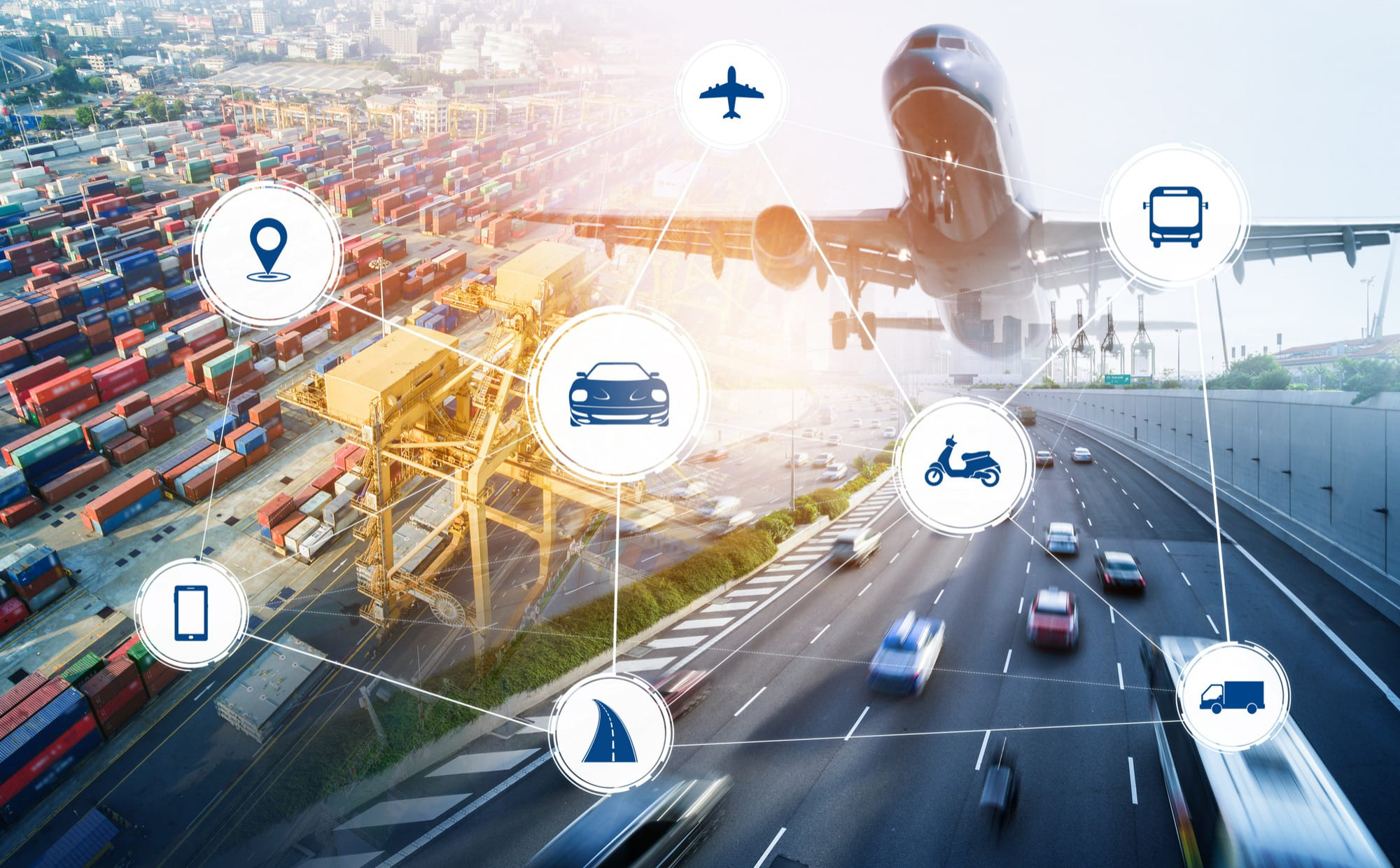Artificial intelligence technologies are evolving every day. Some people like it, while others are wary of AI. But we believe it is a great ally when it comes to optimizing routine tasks, facilitating human work and improving the customer experience in business. In particular, AI is being used very actively in logistics and transportation. By 2024, many companies will have implemented it in one way or another. In this article, we will explain how AI for transportation and logistics works.
Transportation and Logistics Key AI Applications
More optimal routes
Artificial intelligence and routing are a perfect match! After all, AI-based programs are able to quickly analyze huge amounts of data. They gather information about traffic conditions, weather forecasts, and road closures, and then create the best possible routes.
How do you implement such an update? First, consider adding AI-based route optimization software to your logistics systems. That way, AI can take advantage of real-time data.
Predictive maintenance
Don’t wait until your vehicles break down! AI can help predict when maintenance is needed. By studying historical data and identifying patterns that indicate a problem, AI can tell you when to service your vehicle. This approach can prevent unexpected breakdowns and avoid costly repairs.
How to implement? Companies can install sensors on their vehicles to collect data on engine temperature, tire pressure, and brake condition. Artificial intelligence algorithms can analyze this data to predict maintenance needs, enabling timely inspections and repairs.
Updated safety standards
We all know that safety is key in transportation. And artificial intelligence can improve it. In particular, advanced driver assistance systems (ADAS) use AI to
- Detect road hazards
- Warn drivers
- Avoid accidents.
AI can also monitor driver behavior, helping to reduce risky actions like speeding or harsh braking.
How to implement this update? To improve safety, equip vehicles with AI cameras and sensors that monitor the road and driver behavior. Machine learning can help these systems improve their detection and response to different driving conditions over time.
Additional AI capabilities in transportation and logistics are designed to facilitate inventory management in warehouses. By analyzing past sales and peaks and troughs in demand, AI can predict the amount of goods needed and avoid both shortages and overstocks. All of this data doesn’t have to be calculated manually, and human error is rapidly decreasing.
According to Lionwood, one of the best benefits of AI in transportation and logistics is improving the customer experience. Your customers will receive their orders on time, be able to track them in real time, and make changes to the delivery process.






